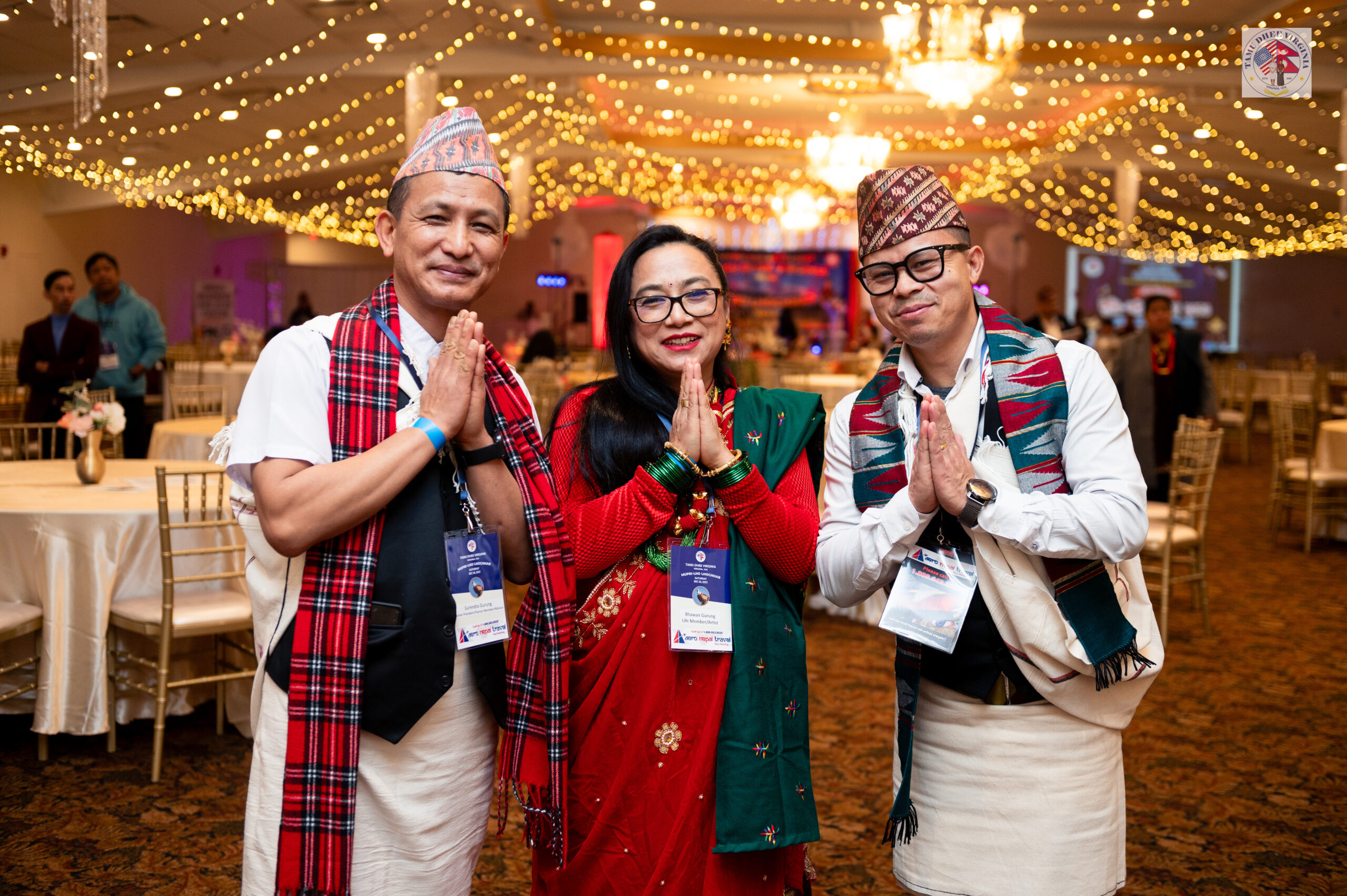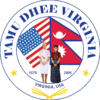About US
GURUNGS
Globally, numbering close to a million, the Gurung people have made distinct and immense contributions to history and culture, demonstrating an unwavering commitment to world peace and progress. Presently, the majority of Gurungs live in Nepal, where they form one of the many ethnic groups in the country. In Nepal, Gurungs have played and continue to play significant roles in all spheres of the country's development. In the neighboring countries of India and Bhutan, Gurungs have made noteworthy contributions to development, politics, arts, and culture. Outside South Asia, many Gurungs, some in their renowned roles as Gurkha soldiers, have lived and been exposed to diverse world cultures in areas as diverse as Europe, Hong Kong, Japan, Korea, and the United States of America. In Nepal, Gurungs can be divided into two categories: Highlanders and lowlanders (though Gurungs are predominantly highlanders). Highlanders living on the slopes of the Himalayas still rely heavily on a pastoral and agricultural way of life. They grow rice, wheat, maize, millet, and potatoes, normally on terraced mountain slopes. They also derive subsistence from sheep breeding for meat and wool, using fierce mastiffs as sheepdogs. The highlanders' way of life resembles that of Tibetans in terms of religious beliefs and cultural practices. In contrast, lowlanders are more influenced by Hindu religious beliefs and practices. It is not surprising to see Gurungs using a Hindu priest for birth and a Buddhist Lama (priest) for last rites at someone’s death. Many Gurung families, however, have another important source of income - the pensions and salaries of family members who are in the army. Among them are the legendary fighters of the British Gurkha regiment, who were honored with Victoria Crosses for their bravery. Indeed, Gurungs are renowned for their role as Gurkha soldiers, making unparalleled contributions in far-flung places such as Europe during World War I and II, Burma, Malaysia, the Falklands, Africa, and India. Most recently, Gurungs have participated and continue to participate in various United Nations peacekeeping missions throughout the world. Despite the challenges of modern-day life, Gurungs are interestingly eager to learn, preserve, and celebrate their distinct cultural heritage and practices. This includes not only the various belief systems and cultural practices surrounding festivals, birth, marriage, and death rituals but also the Gurungs' own language, Tamu Kwei. Generally considered a Tibeto-Burman dialect, this focus on Gurung culture continues to provide invaluable insights and inspiration toward the future. In an ever more interdependent world, Gurungs face the challenge of balancing the preservation of their unique cultural heritage with adaptation to the demands of modern life. The majority of Gurungs still struggle for basic opportunities to improve their livelihoods. As in the past, Gurungs need to invest in opportunities that build on their well-known attributes as people who are hardworking, trustworthy, adaptable, and quick learners in meeting the challenges of modern life in Nepal and beyond its boundaries. Gurungs seek support and guidance from individuals, institutions, and the government.

Our Mission
We are working to preserve Gurung tradition here in USA and trying to introduce Gurung community’s tradition, Language and food to upcoming generations.
Our Values
We are working to preserve Gurung tradition here in USA and trying to introduce Gurung community’s tradition, Language and food to upcoming generations.
